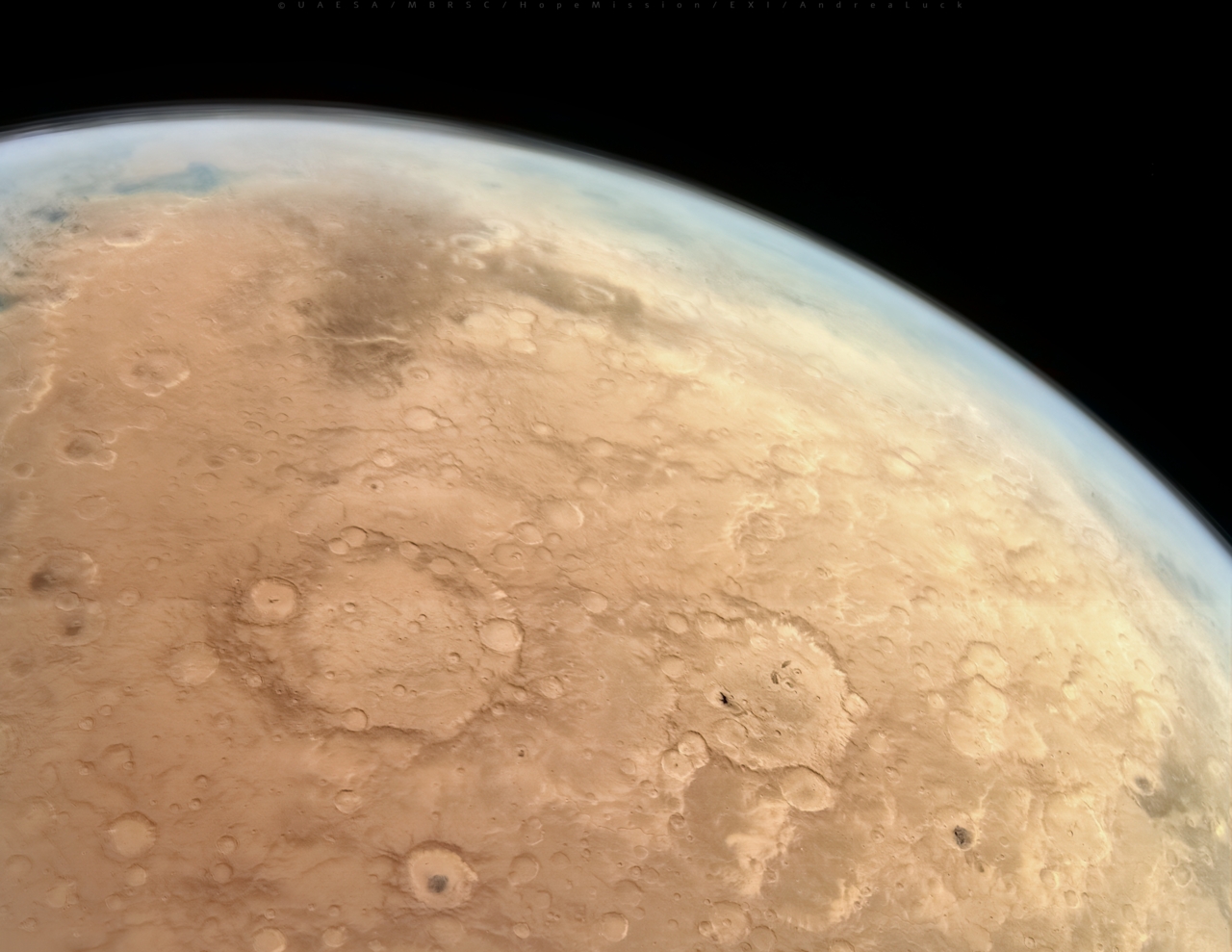
Analysis Of Martian Meteorites, The Only Physical Materials From Mars, Is Revealed
Formed approximately 4.5 billion years ago, Mars probably has captivated humans since the 1800s when telescopes revealed its intriguing surface for the first time.
Dozens of crewless spacecrafts, including orbiters, landers, and rovers, have been sent to Mars by the Soviet Union, the United States, Europe, India, the United Arab Emirates, and China to better understand the planet’s climate, geology and surface. And now, thanks to Scripps Oceanography geologist James Day and his colleagues’ recent report on Martian meteorites, scientists will be able to better understand the internal structure of the enchanting Red Planet.
More info: Science Advances
New analysis of Martian meteorites is important for understanding not only how Mars formed and evolved, but also for providing precise data that can help recent NASA missions
Image credits: Scripps Institution of Oceanography
Image credits: Scripps Institution of Oceanography
Image credits: NASA
Image credits: NASA
11 million years ago, when a meteorite smashed into Mars’ surface, the planet’s pieces burst into space and some of them landed on our planet Earth. In recent decades, these meteorites were collected by scientists from various places in Antarctica and Africa and now we have the report on analyses of the chemical compositions of these samples from the Red Planet.
The results are crucial not only for a better understanding of how Mars formed and evolved, but also for providing precise and very important data that could affect recent NASA missions like Insight and Perseverance and the Mars Sample Return.
“Martian meteorites are the only physical materials we have available from Mars. They enable us to make precise and accurate measurements and then quantify processes that occurred within Mars and close to the martian surface. They provide direct information on Mars’ composition that can ground truth mission science, like the ongoing Perseverance rover operations taking place there,” shared Scripps Oceanography geologist and study lead James Day.
The scientific team used meteorite samples, known as nakhlites and chassignites, that all had the same volcanic source. Such meteorites were discovered for the first time in 1815 in Chassigny, France and then, in 1905, in Nakhla, Egypt. Later on they were found in more locations, for instance Mauritania and Antarctica.
The Martian meteorites were traditionally divided into three main groups: called the shergottites, nakhlites, and chassignites
Image credits: NASA
Image credits: Steve Jurvetson
Image credits: NASA
Image credits: Andrea Luck
While many of us are probably already wondering how it’s possible to know that the meteorites are in fact from Mars, scientists are able to identify the place of origin due to their relatively young age. They all have distinct compositions of the abundant element oxygen compared to our planet, and retain the composition of Mars’ atmosphere measured on the surface by the Viking landers in the 1970s.
“By determining that nakhlites and chassignites are from the same volcanic system, and that they interacted with martian crust that was altered by atmospheric interactions, we can identify a new rock type on Mars. With the existing collection of martian meteorites, all of which are volcanic in origin, we are able to better understand the internal structure of Mars,” explained Day.
The distinctive chemical characteristics of nakhlites and chassignites, as well as the characteristic compositions of other collected martian meteorites, revealed the nature of Mars’ mantle and crust.
“What’s remarkable is that Mars’ volcanism has incredible similarities, but also differences, to Earth. On the one hand, nakhlites and chassignites formed in similar ways to recent volcanism in places like Oahu in Hawaii. There, newly formed volcanoes press down on the mantle generating tectonic forces that produce further volcanism. On the other hand, the reservoirs in Mars are extremely ancient, separating from one another shortly after the Red planet formed. On Earth, plate tectonics has helped to remix reservoirs back together over time. In this sense, Mars provides an important link between what the early Earth may have looked like from how it looks today,” Day shared the scientific insights.
When a meteorite smashed into Mars 11 million years ago, pieces of the Red Planet hurtled into space and some of them landed on Earth
Image credits: NASA
Image credits: NASA
Image credits: ESA
Image credits: NASA
Just half of our planet’s size, with gravity only 38 percent that of Earth’s, Mars hides the largest volcanoes in the solar system, and one of the largest canyons yet discovered.
While NASA is hoping to land the first humans on Mars by the 2030s and several new missions are launching before then, James Day and his team are definitely helping us to be better equipped if someday in the near future we’ll try to make a living there.

 Dark Mode
Dark Mode 

 No fees, cancel anytime
No fees, cancel anytime 

































































40
0